
The publication Climate Smart Agriculture: Successes from Africa
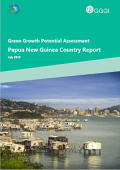
This report, Green Growth Potential Assessment: Papua New Guinea country report presents the findings of the Green Growth Potential Assessment (GGPA) of Papua New Guinea and details the recommendations, each supported by a solid rationale and directly support achieving the goals set out in Papua New Guinea’s Vision 2050.
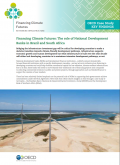
This Study Financing Climate Futures: The role of National Development Banks in Brazil and South Africa presents the key findings on the role of national development banks and financial institutions in the infrastructure financing in developing countries.
This case study, Bridging the Policy and Investment Gap for Payment for Ecosystem Services: Learning from Costa Rican experience and roads ahead , based on an in-depth analysis drawn out of Costa Rican national Payment for Ecosystem Services (PES) program, addresses the key enabling conditions for sustainable PES development and provides a step-by-step guide for policymakers wishing to install similar programs (on either a national or sub-national level).
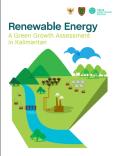
This report, Renewable Energy: A green growth assessment in Kalimantan, assesses the monetary costs and benefits associated with renewable energy projects in Central and East Kalimantan.
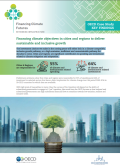
This study focuses on how national and subnational governments can align subnational financial flows to transition towards low-emission, resilient, and inclusive cities.

This study, Product Lifetime Extension Case Study: Caterpillar presents a successful business strategy to extend products lifetime.
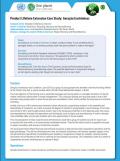
This study, Product Lifetime Extension Case Study: Geração Ecotrônicos presents a successful business strategy to extend products lifetime.
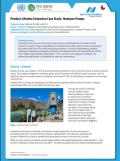
This study, Product Lifetime Extension Case Study: Neptuno Pumps presents a successful business strategy to extend products lifetime.
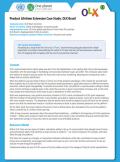
This study Product Lifetime Extension Case Study: OLX Brazil presents a successful business strategy to extend products lifetime.
